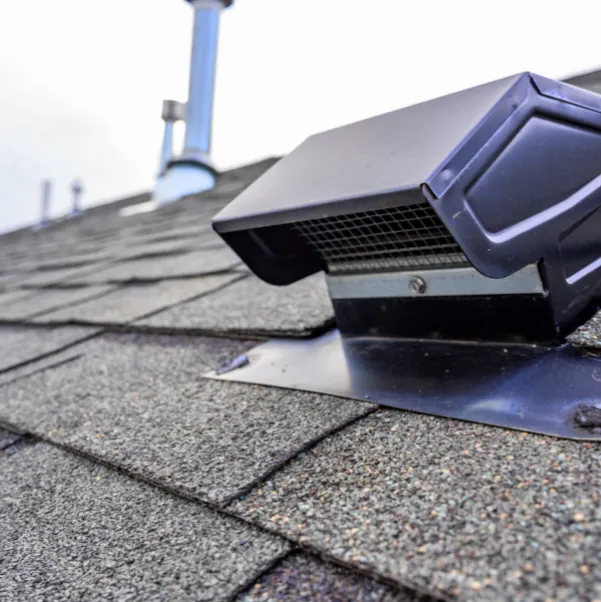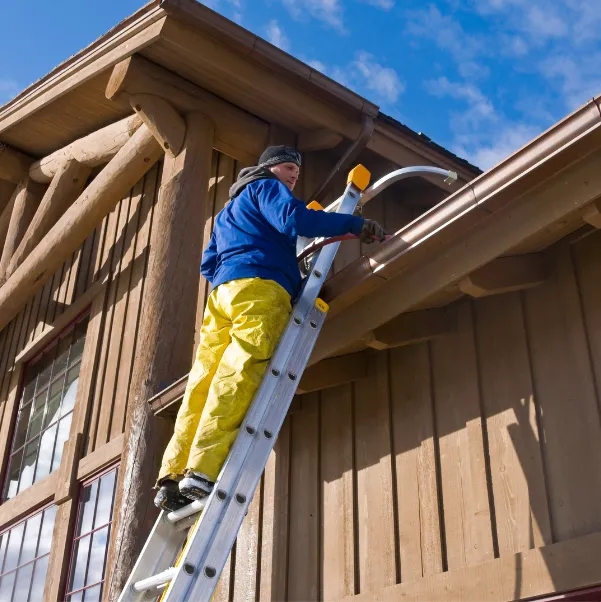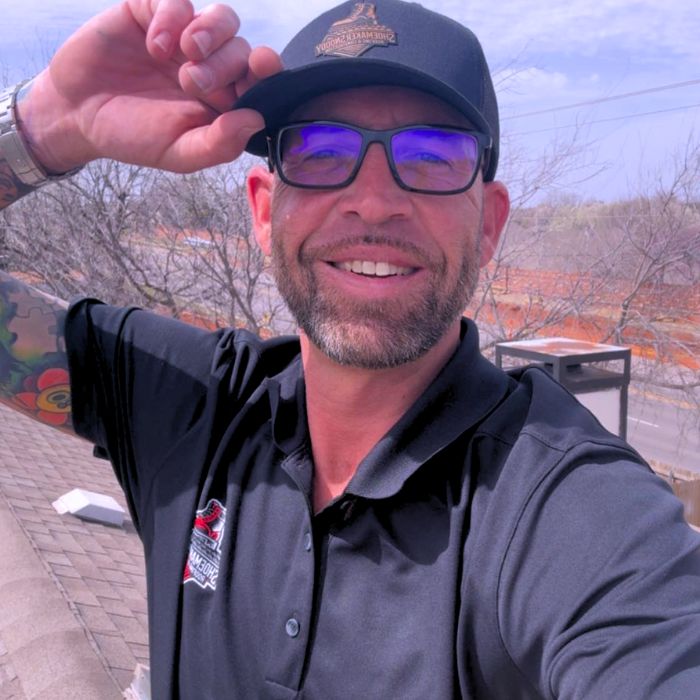The Warranty Shield: Roof Maintenance Tips for Oklahoma City Homeowners

Your roof is the single most valuable asset protecting your Oklahoma City home. Yet, in our volatile climate—defined by brutal thermal cycling, high winds, and frequent severe hail—roof failure is often viewed as inevitable. At Shoemaker Snoddy Roofing & Construction, we reject that fatalism. We see maintenance as a proactive strategy—your Warranty Shield—designed to maximize your roof’s lifespan and, crucially, to preserve the non-prorated manufacturer warranty you invested in.
A roof is a complex system. Neglecting small, affordable maintenance items is the fastest way to void your warranty, accelerating the Cost Per Year (CPY) of your roof system. These Roof Maintenance Tips for Oklahoma City shift your focus from simply spotting leaks to maintaining the critical conditions required for your warranty to remain enforceable.
1. The Proactive Inspection Cycle: Stopping Failure Before it Starts
Regular, professional inspection is the single most effective maintenance tool, not just for detecting damage, but for documenting compliance with warranty requirements.
A. The Bi-Annual Compliance Check
Your roof needs professional attention at least twice a year, scheduled strategically around OKC's most taxing seasons.
Fall Inspection (Pre-Winter Prep): This check is critical. It ensures the roof is sealed and clear of debris before freezing temperatures, heavy rains, and potential ice dam formation arrive. It addresses any latent damage from the summer heat and high winds.
Spring Inspection (Post-Storm Assessment): Absolutely mandatory after the severe weather season (typically March through June). Even if no visible damage is present, high winds can lift shingles, breaking the adhesive seal and compromising the underlayment. Hail impact often creates internal shingle bruising—damage that is invisible from the ground but leads to cracking and granule loss years later.
B. Self-Inspection: Ground Level Accountability
Homeowners should perform a quick visual check after every significant weather event (winds over 50 mph or any hail). Look for:
Granules in Gutters: Excess accumulation of gritty asphalt granules signals significant erosion or hail impact. This protective coating shields the asphalt mat from UV rays; granule loss directly accelerates aging.
Missing or Curled Shingles: Look for patches of missing shingles or sections that appear lifted or torn, particularly along ridge caps and rake edges—the roof's most vulnerable points against wind uplift.
Dents on Metal: Check flashing, gutters, and metal vents for dents. If metal is dented, the shingle mat has likely been bruised, confirming potential hail damage that warrants a professional claim assessment.

2. Ventilation and Moisture Control: The Hidden Lifespan Multiplier
Poor ventilation is the silent killer of roofing systems. In Oklahoma, trapped heat and moisture accelerate shingle aging and create dangerous conditions inside the attic.
A. The Balanced Airflow Imperative
The goal is to maintain attic temperatures close to the outside air temperature year-round. This is achieved through a balanced ventilation system with equal parts Intake (low on the roof, usually through soffit vents) and Exhaust (high on the roof, usually through ridge vents).
Heat Mitigation: During OKC summers, trapped heat in the attic can exceed 150⁰F. This extreme heat literally cooks the asphalt shingle from the underside, causing it to curl, crack, and lose elasticity prematurely. Proper ventilation extends shingle life by years, minimizing CPY.
Moisture Management: In winter, poor ventilation traps warm, moist air migrating from the living space. This moisture condenses on the cold deck structure, leading to wood rot, mold, mildew growth, and structural decay.
B. Maintenance Checklist for Ventilation
Clear Soffit Vents: Ensure insulation has not been blown or pushed against the soffit vents, blocking the crucial cool air intake. Vents must be free of bird nests, debris, or insect screens that impede airflow.
Check Baffles: In areas where the roof slopes directly into the ceiling (cathedral ceilings), verify that air baffles (ventilation channels) are installed between the rafters to allow air to flow up to the ridge vent.
Avoid Imbalance: Never install a power fan that is so strong it pulls air from the ridge vents down into the attic. This disrupts the natural, passive convection of a balanced system, pulling conditioned air from the house and stressing the system.

3. Water Management: Protecting the Critical Penetrations
Most roof leaks do not occur on the open field of the roof; they occur at penetrations—where the roof surface is interrupted by another structure.
A. Flashing and Sealant Integrity
Flashing provides a water-tight barrier around every feature that pokes through the deck.
Chimneys and Skylights: These areas require step flashing and counter flashing. Inspect the sealant at the interface between the metal flashing and the masonry or vertical structure. UV degradation causes sealant to crack and shrink over time. Re-sealing with high-quality, flexible roofing caulk is essential maintenance.
Pipe Boots and Vents: Rubber pipe boots around exhaust vents (plumbing and furnace) degrade rapidly under Oklahoma's intense UV exposure. Look for visible cracking, dry rot, or splitting. Replacing a deteriorated pipe boot is a cheap maintenance fix that prevents catastrophic water intrusion into the walls or attic.
B. Gutter and Drainage Assurance
Gutters are designed to move thousands of gallons of water away from the foundation, but they cannot function if clogged.
Debris Removal: Clean gutters in the late fall (after deciduous trees shed leaves) and again in the spring. Clogged gutters force water to pool against the fascia board and back up under the eaves, leading to fascia rot and damage to the underlayment.
Downspout Flow: Ensure downspouts are clear and divert water at least four to six feet away from the foundation.
4. Asset Preservation: Protecting Your Warranty
A premium roofing system from a factory-certified installer like Shoemaker Snoddy comes with a powerful manufacturer warranty (often non-prorated for labor and materials). Protecting this shield is the most critical long-term maintenance tip.

A. The No-Proration Requirement
To keep the most valuable warranties intact, you must demonstrate due diligence in maintenance. This means:
Documented History: Keep precise records—invoices, inspection reports, and dates—of every roof repair, cleaning, and professional inspection. This history is your proof of maintenance when filing a claim.
Avoid Unauthorized Access: Limit access to your roof. Unnecessary foot traffic, especially by non-roofing contractors (satellite, HVAC, chimney sweeps), is a leading cause of accidental punctures, cracked shingles, and broken seals. Document any time another trade accesses the roof.
B. Proactive Hail and Wind Claim Strategy
In Oklahoma City, the true test of your maintenance program comes after a storm.
Timely Claim Filing: Do not delay an inspection after a severe weather event. Insurance companies have strict timelines. A professional roofer will assess and document the damage, differentiating between storm damage (covered) and deferred maintenance or aging (not covered).
Impact Resistant Shingles: If you have UL Class 4 Impact Resistant (IR) Shingles, your maintenance must include documenting the system. These shingles are designed to minimize hail damage, and proper installation ensures you receive annual insurance premium discounts. Failure to maintain the system jeopardizes these discounts and warranty benefits.
5. Beyond Asphalt: Maintenance for Specialty Systems
While asphalt shingles are common, maintenance for Oklahoma's rising popularity of metal and tile roofs differs significantly.
A. Metal Roofing Maintenance
Metal is durable but requires specific care:
Fastener Check: Check exposed fasteners (screws) for loosening, especially after high winds. Screws need to be tightened or replaced to prevent leaks at the fastener location.
Coating Integrity: For painted metal, look for signs of chipping or fading, which indicate the protective coating is failing. Metal roof restoration coatings can be applied to extend the lifespan and reflectivity.
B. Tile and Slate Maintenance
Tile and slate are exceptionally durable but are prone to breakage from impact.
Broken Tiles: Due to hail or debris impact, tiles can crack. The underlayment often prevents leaks immediately, but the broken tile must be replaced quickly to protect the underlayment from UV degradation.
Debris Buildup: Ensure valleys and gaps are free of leaves and debris, as trapped moisture will accelerate deterioration of the underlying structure.
Your Investment in Longevity
The ultimate goal of these Roof Maintenance Tips for Oklahoma City is to reduce the CPY of your roof asset. A minor investment in proactive maintenance—clearing gutters, checking seals, and scheduling bi-annual inspections—secures your major investment in a quality roofing system, preserves your warranty shield, and protects your home's structural integrity against Oklahoma's constant assault. Do not let deferred maintenance turn an easily preventable repair into an expensive, unbudgeted crisis.
Ready for a New Roof (or just a Check-up)? Start Here!
Simply fill out the form to book your professional roof check-up and detailed quote.
